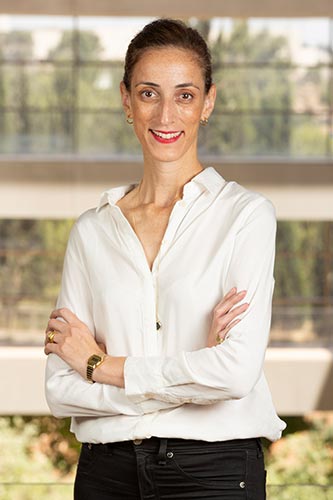Meet five of ELSC’s female members in a special article for the International Day of Women and Girls in Science 2021
More than a century has passed since Marie Curie won two Nobel Prizes and became the first woman ever to receive the award. Since then, many women have joined the research professions, brought about changes and pushed science forward. Nevertheless, gender equality in science still seems far away.
Prof. Hermona Soreq
Prof. Soreq received her Ph.D. in Biochemistry from Weizmann Institute of Science in Rehovot, Israel. After doing her postdoc at the Rockefeller University in New York City, she returned to her roots in Israel and set up her own lab at the Hebrew University, where she later served as a charter member of ELSC. Prof. Soreq is a molecular neuroscientist, who studies the links between brain phenomena and that of gene structure and function, in both health and disease. “When I completed my Ph.D., the field of molecular biology emerged, and I chose that field to specialize in,” Prof. Soreq said. “I then realized that the most attractive subject to focus on using the powerful molecular biology tools would be the nervous system, the last frontier, which led me to select molecular neuroscience as my field of expertise.”
Prof. Soreq has been awarded several international prizes for her seminal contribution to determining the molecular and genetic bases of acetylcholine neurotransmission and was ranked among the 50 most influential Israeli women by Forbes magazine in 2017. When she was asked whether men and women bring different visions to research, Prof. Soreq answered: “Women differ just like men: some will have a more understanding approach, others will not. In general, they may be less aggressive than men, but even that is not a rule”. Her advice to young women considering a career in science is simple and straightforward: “Go for it!”
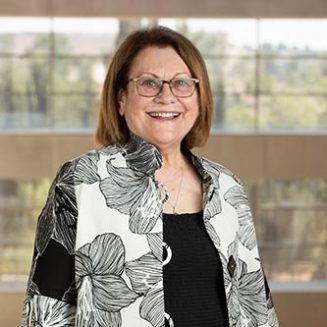
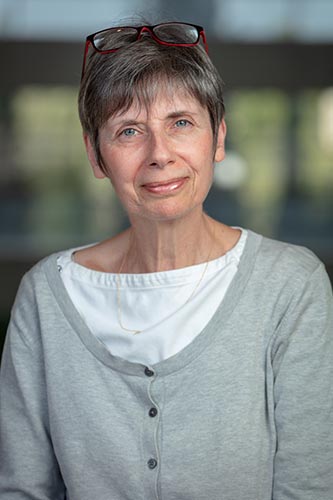
Prof. Chaya Kalcheim
Prof. Kalcheim studied physiology at the Hebrew University and earned her Ph.D. at the Weizmann Institute of Science in Rehovot, Israel. She studied developmental neurobiology at the College of France under Nicole Le Douarin, her scientific mentor, and then returned to Jerusalem to climb the academic ladder until she became a professor. Prof. Kalcheim’s research focuses on the early embryonic development of the nervous and skeletal systems. “I was then attracted to developmental neurobiology and during my Ph.D., I studied the formation of the neuromuscular junction in rodent embryos,” said Prof. Kalcheim. Prof. Kalcheim chose to do her postdoc with Prof. Nicole Le Douarin after hearing her give an exciting talk about the neural crest. To this day, Prof. Kalcheim considers the neural crest to be one of her favorite topics.
According to Prof. Kacheim, an academic career is more than a profession. “It is a way of life,” she said. “Therefore, beginnings of an academic career are difficult for women and men alike, all confronting general as well as personal challenges. On a personal basis, finding the right balance between family and work is clearly not a trivial task. Fortunately, relationships became more symmetrical within couples, as I witness with my own students, with both male and female partners taking an active role in raising children and in giving the right freedom of action to each other.”
Prof. Kalcheim has one message for women and men alike for how to practice science: “I strongly believe we all have to follow our interests, be bold and believe in success (maybe also be a bit naïve),” she said. Above all, Prof. Kalcheim said, “for both sexes, being creative and having an intuitive and imaginative mind may contribute to advance scientific innovation.”
Prof. Merav Ahissar
Prof. Ahissar got her Ph.D. in neurobiology from the Hebrew University of Jerusalem. Afterwards, she did her postdoctoral research both at the Weizmann Institute of Science in Rehovot, Israel, and at the University of California, San Francisco, USA. She returned to the Hebrew University as a faculty member at the Department of Psychology. Today, she heads a cognitive neuroscience lab at ELSC which studies perceptual learning in various populations: healthy individuals, individuals with dyslexia, and individuals with autism. Prof. Ahissar acknowledges that she personally did not encounter the glass ceiling before reaching her position at ELSC, “things have probably changed in the right way over the past twenty-five years. “The old boys’ club era is over.” Her message for young women considering a career in science is, “Do not excuse yourself from doing what you want because you are a woman.”
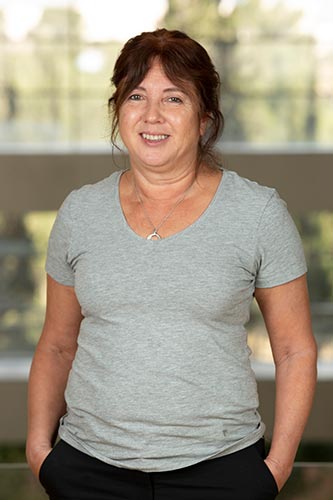
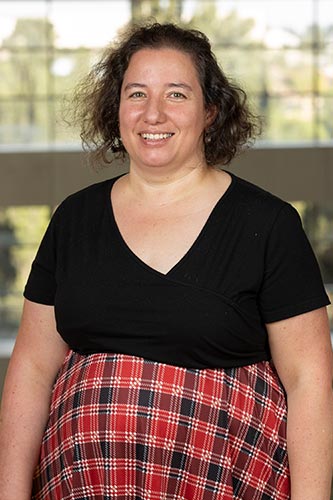
Prof. Inbal Goshen
Prof. Goshen got her dual Ph.D. in psychology and neurobiology at the Hebrew University. She then carried out a successful postdoc at Stanford University prior to opening her independent lab at ELSC. Prof. Goshen’s research focuses on elucidating the role of unique brains cells called, glia, in the storage and retrieval of memories. Prof. Goshen has observed that the underrepresentation of women in science might be self-sustaining due to the shortage of female scientist role models. To help break this vicious circle, she arranges meetings after the ELSC weekly seminars between women speakers and female graduate students. In this way, “the students are first exposed to the excellent science – and only then to the hurdles that were met on the way to achieving it” Goshen said. “Thus, they see the speaker first as an investigator and only then as a woman – a prerequisite for a good role model.” She urges every woman scientist wanting to promote female students in her scientific environment to implement the role-model initiative at her institute, and “start changing reality for the better right now.”
Dr. Lilach Avitan
Dr. Avitan got her Ph.D. in Computational Neuroscience from Bar-Ilan University, Israel. She did her postdoc at the Queensland Brain Institute in Australia. Dr. Avitan is ELSC’s newest woman recruit. “My research focuses at the system level,” she said, “where we ask how neural circuits function in large-scale brain networks to produce functions such as perception and behavior.”
In particular, Dr. Avitan appreciates the interdisciplinary nature of neuroscience. “It keeps me constantly learning new theories and techniques,” she said. “It provides the opportunity to discuss challenges with people from different disciplines, and it always brings to the table new insights and points of view.” Dr. Avitan, who studied computer science, statistics, theoretical neuroscience and neuroethology throughout her academic career, brings all these tools together in her interdisciplinary research: “Today in my lab we are combining it all, we are recording neural activity from thousands of neurons, and use computational, statistical and mathematical tools to analyze the data and undercover the underlying neural mechanism driving different types of behavior.”
Dr. Avitan has the following advice for any student interested in science: “First, no matter what, and it will get tough at times, do not lose your passion for science. Second, challenge your comfort zone, be open to opportunities, expand yourself, and grow. Third, seek for your role models, mentors and support group of colleagues and friends. They are crucial.” And last but not least, “Surround yourself with excellent people and colleagues who intellectually challenge you.”
